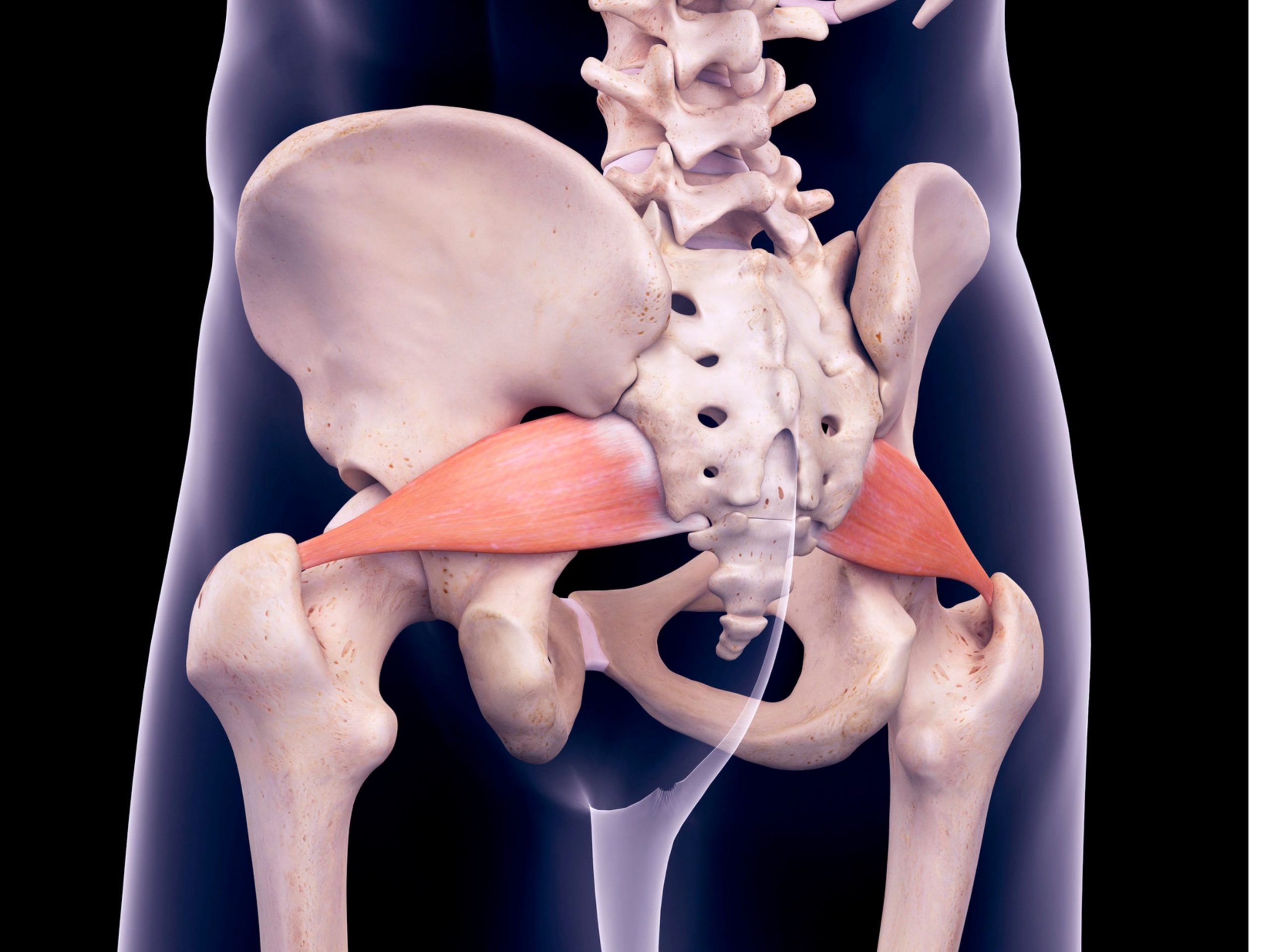The piriformis muscle is a small but important muscle located in the buttocks that plays a vital role in hip stabilization and movement. It runs from the sacrum to the outer hip bone, and when it becomes tight or inflamed, it can cause pain, discomfort, and limited mobility. Stretching the piriformis muscle is an effective way to alleviate these symptoms and prevent future issues. In this comprehensive guide, we will discuss the anatomy of the piriformis muscle, the causes of piriformis muscle tightness, and the best stretches to loosen and release the muscle.
Anatomy of the Piriformis Muscle
The piriformis muscle is a flat, pyramid-shaped muscle that lies deep within the buttocks. It originates on the anterior (front) surface of the sacrum and attaches to the greater trochanter of the femur, which is the bony prominence on the outside of the hip joint. It is located underneath the gluteus maximus, the largest muscle in the buttocks.
The piriformis muscle is responsible for stabilizing the hip joint, rotating the hip externally, and abducting the hip (moving it away from the midline of the body). It also plays a key role in maintaining proper posture and balance. Because of its location and function, the piriformis muscle is often involved in hip and low back pain, as well as sciatica.
Causes of Piriformis Muscle Tightness
There are several factors that can cause tightness in the piriformis muscle. The most common causes include:
Prolonged sitting – Sitting for long periods of time, especially with poor posture, can cause the piriformis muscle to tighten and become inflamed.
Overuse – Repetitive movements, such as running or cycling, can cause the piriformis muscle to become overworked and tight.
Muscle imbalances – Weakness or tightness in other muscles of the hip and pelvis can cause the piriformis muscle to compensate and become tight.
Injury – Trauma to the hip or buttocks, such as a fall or impact, can cause the piriformis muscle to become inflamed and tight.
Spinal issues – Herniated discs or other spinal issues can put pressure on the sciatic nerve, which runs through the piriformis muscle and can cause it to become tight and inflamed.
Best Stretches for the Piriformis Muscle
Stretching the piriformis muscle can help to alleviate pain, reduce inflammation, and improve mobility. The following are some of the most effective stretches for the piriformis muscle:
Seated Piriformis Stretch
This stretch can be done seated on a chair or on the floor. Here’s how to do it:
- Sit with your back straight and your feet flat on the ground.
- Cross your right ankle over your left knee, making a figure four shape with your legs.
- Gently press down on your right knee with your right hand, and slowly lean forward until you feel a stretch in your right buttock.
- Hold the stretch for 15-30 seconds, then release and switch sides.
Supine Piriformis Stretch
This stretch is done lying on your back. Here’s how to do it:
- Lie flat on your back with your knees bent and feet flat on the ground.
- Cross your right ankle over your left knee, and gently pull your left knee towards your chest with both hands.
- Hold the stretch for 15-30 seconds, then release and switch sides.
Standing Piriformis Stretch
This stretch can be done standing or leaning against a wall. Here’s how to do it:
- Stand with your feet shoulder-width apart.
- Cross your right ankle over






